Deck & Commander Strategies

The Tenth Doctor
Utilizes time counters and suspend mechanics to draw cards and cast multiple spells by manipulating time travel. The deck focuses on controlling the game tempo through card advantage and repeated spell casting enabled by the unique time-based mechanics.
Archaon (Warhammer)
Aggressive warrior tribal deck that leverages powerful creatures like Chaos Terminator Lord with double strike and trample to apply consistent combat pressure. It aims to dominate the battlefield through combat synergy and raw power.
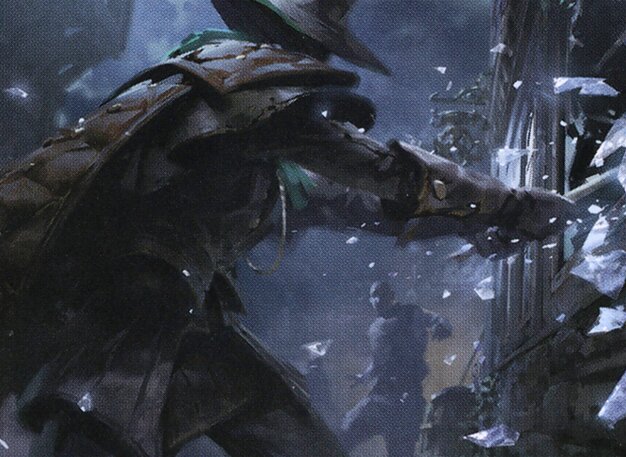
Criminal Past (Dungeons & Dragons)
Focuses on discard and artifact synergies, using cards like Bag of Holding to exile and later recover discarded cards, enabling resource recursion and card advantage. Equipment and class enchantments support a flexible midrange approach.
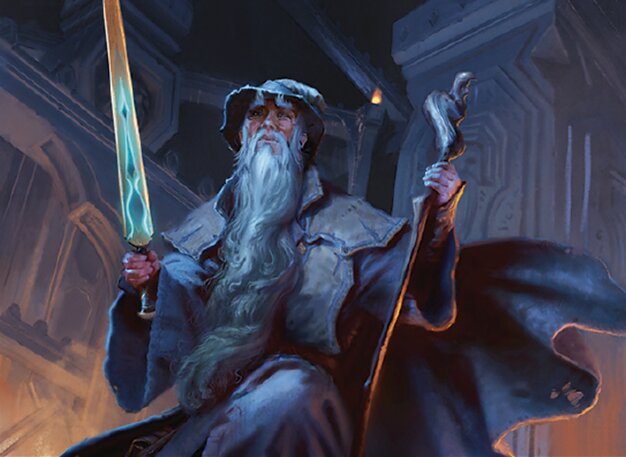
Gandalf the Grey (Lord of the Rings)
Builds around a control and value engine, using legendary lands and enchantments to manage the board while slowly advancing levels with the ring mechanic to gain incremental advantages and card selection.
Gameplay Insights
- 1
The Tenth Doctor's ability to add and remove time counters to repeatedly cast suspended spells creates a powerful engine that can overwhelm opponents if not addressed early.
- 2
The Warhammer player's aggressive use of warrior tribal synergy and double strike enabled lethal damage through multiple combat phases, pressuring opponents significantly.
- 3
The use of Bag of Holding by the Criminal Past player to exile discarded cards and then sacrifice it for resource recursion exemplifies strong synergy between discard and artifact mechanics.
- 4
Combat decisions were influenced heavily by triggered abilities on attack, such as the Tenth Doctor's exile and suspend effect, forcing opponents to carefully consider blocking and damage assignment.
- 5
Time travel and suspend mechanics introduced complex board interactions that shifted the game tempo and allowed for multiple spell casts per turn, highlighting the unique strengths of the Doctor Who deck theme.
Notable Cards
-
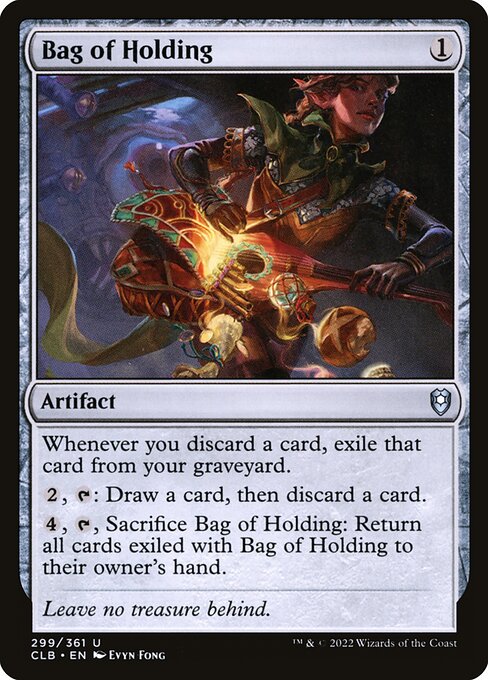
Bag of Holding
-
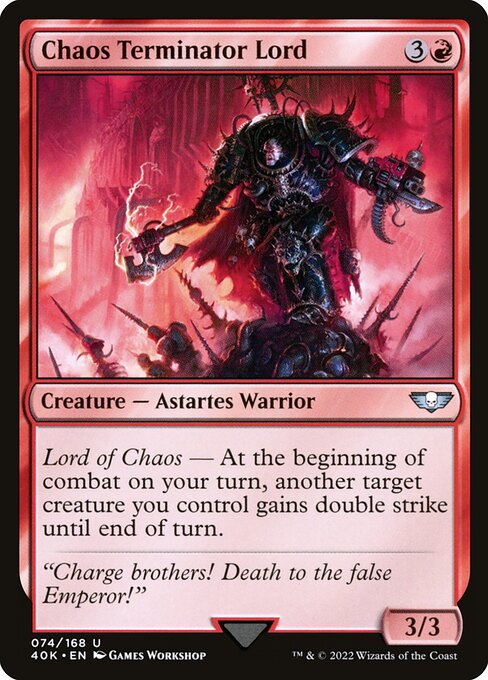
Chaos Terminator Lord
-
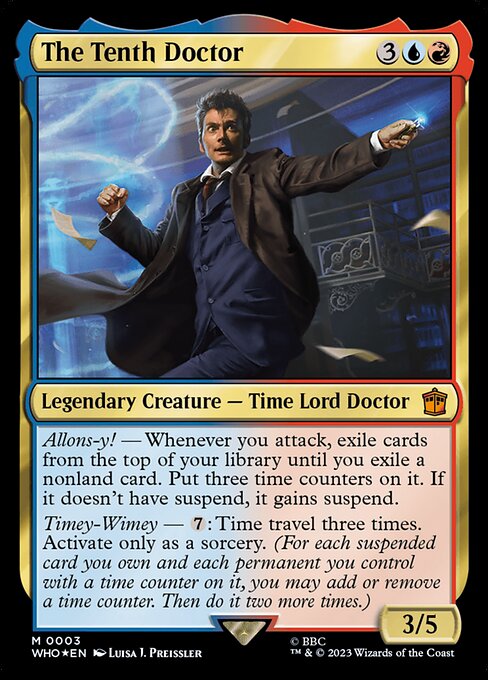
The Tenth Doctor
-
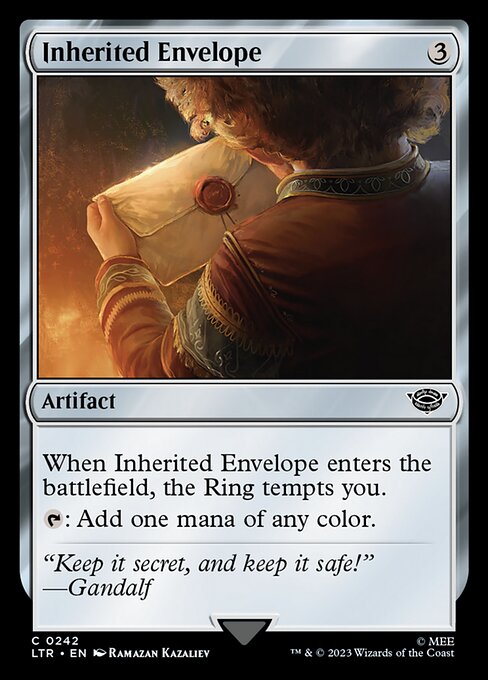
Inherited Envelope
-
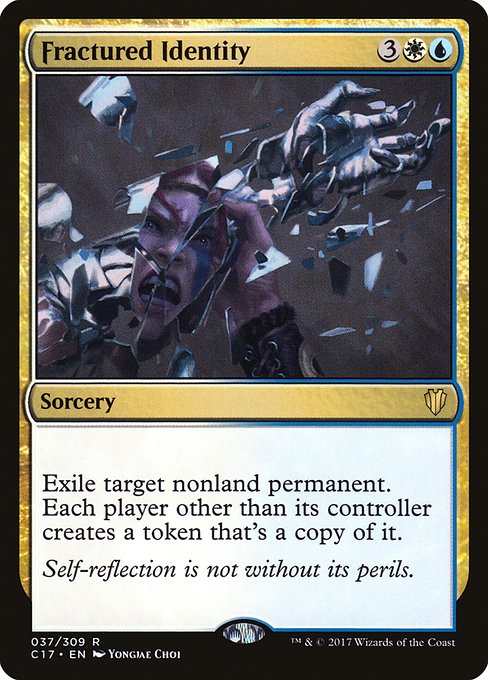
Fractured Identity
-
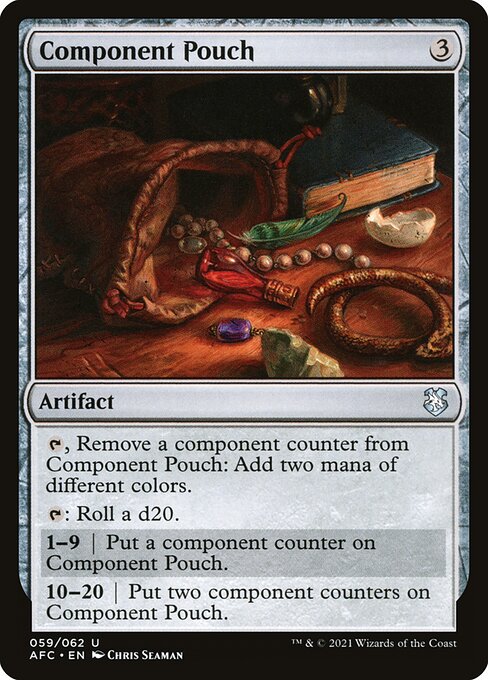
Component Pouch
-
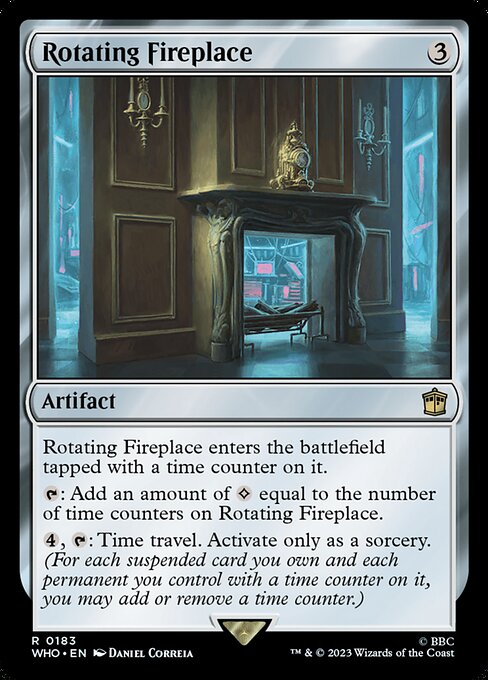
Rotating Fireplace
Gameplay Summary
The game began with each player establishing their unique thematic decks from different universes, including Dungeons & Dragons, Doctor Who, Warhammer, and Lord of the Rings.
Early turns saw players setting up key lands and artifacts like the Tren little Clock Tower and Bag of Holding, which synergized well with their respective commanders and strategies.
The Doctor Who player focused on accumulating time counters and utilizing suspend mechanics to draw and play multiple spells, while the Warhammer player deployed powerful creatures like the Chaos Terminator Lord, leveraging warrior tribal synergies to apply aggressive pressure with double strike and trample. Midgame, pivotal moments arose from combat interactions and strategic use of time travel and suspend mechanics—particularly from the Doctor Who player who could manipulate time counters to cast multiple spells in quick succession.
The Warhammer player's board presence forced attacks that challenged opponents' defenses, while the D&D and Lord of the Rings players developed their own board states with class enchantments and equipment that hinted at longer game plans.
The game featured significant interplay between combat triggers, time counter manipulation, and resource management, building toward a dynamic standoff between aggressive board states and powerful time-based control elements.


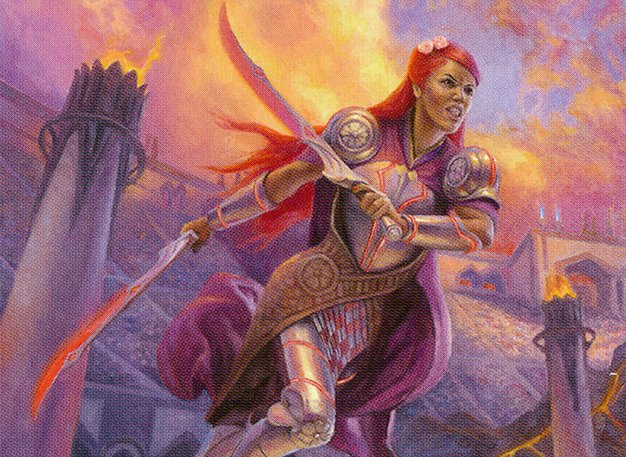

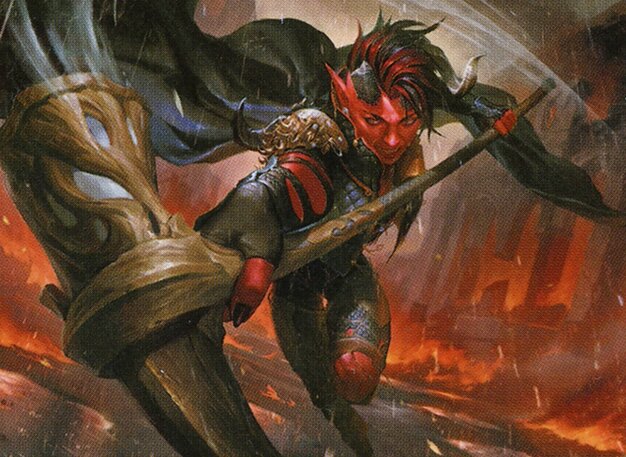


























![Commander VS S17E7: ??? VS ??? VS ??? VS ??? [EDH Gameplay] thumbnail](https://i.ytimg.com/vi/Wl5x-udunSg/sddefault.jpg)
![Commander VS S15E4: Darigaaz VS Najeela VS Teshar VS Adeliz [EDH] thumbnail](https://i.ytimg.com/vi/RMRB2SqU69A/sddefault.jpg)
![Commander VS S13E8: Najeela vs Gahiji vs Thromok vs Bruse Tarl & Thrasios [EDH] thumbnail](https://i.ytimg.com/vi/3Z9ZBNSOTXg/sddefault.jpg)
























![Gandalf vs Urza vs Averna vs Dihada [EDH/Commander, Magic the Gathering Gameplay 2023] thumbnail](https://i.ytimg.com/vi/5CXLiWw55PA/sddefault.jpg)
![Everything is Fine. Don’t Click this Video, ft. Purphoros, Gandalf, Akiri, Braids [MTG EDH Gameplay] thumbnail](https://i.ytimg.com/vi/lBhszeoeVoc/sddefault.jpg)
![Battle for the One Ring, ft. Frodo, Bilbo, Tom, and Gandalf [EDH/Commander Gameplay 2023] thumbnail](https://i.ytimg.com/vi/eBY9qYO50o4/sddefault.jpg)